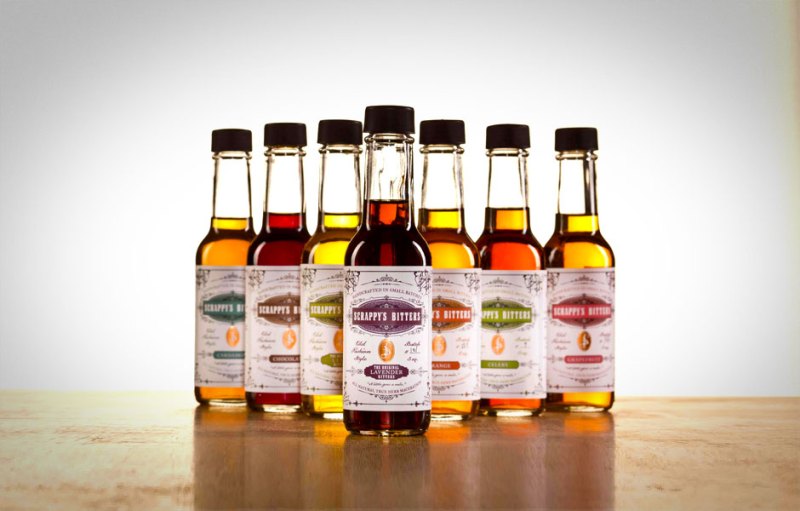
Bitters, once used as medicine (because, let’s face it, why not use alcohol to cure what ails you?), are now popping up left and right as more and more people begin to experiment and push the boundaries of cocktail creation. The thing about them, though, is that all those different types of bitters add up. To have a well-stocked bar you’re looking at having
Having a woman over and getting caught without the right bitters for her favorite cocktail is a fate worse than death. Not only will you probably go to sleep alone, but she’s going to think you’re a failure as a man. A real man, she might say, will always have a well-stocked bar.
Related: We Drank a Bottle of Coca Leaf Liqueur, For Science
The good news is, bitters are incredibly easy to make. Really easy. Like, easier than deciding if you want to shave your beard because you saw all those articles about how there might be crap in your beard easy. With just two main ingredients, you’ll be well on your way to stocking your own bar and wowing anyone who stops by for a drink. So listen up, because this is how to make
What you’ll need:
- 1 bottle of 100 proof or higher spirit (vodka or Everclear are great places to start, but using tequila or bourbon will add wonderful nuances to the final product)
- A botanical or a blend of botanicals.
- For a citrus blend, for example, use: the peels of two oranges and two lemons, 2 tbsp coriander, 2 tbsp chopped fresh ginger, 1 tbsp dried gentian root, 1 tbsp whole cloves, 1 tbsp dried wormwood.
- There are numerous other bitter herbs, roots, barks, and botanicals you can use. Check out a wholesale herb or botanical store for more ideas. In addition to the bittering agents, feel free to use aromatic ingredients such as spices, flowers, fruits, and nuts. Each ingredient will add a different character to your creation.
Combine ingredients in a large, airtight jar. Shake and leave alone in a cool, dark place for three to four weeks. Shake occasionally. Taste occasionally and when you feel they’re ready, strain through a double layer of cheesecloth, followed by coffee filters until not cloudy. You can class up your bitters by then pouring them into a Boston dropper.
Mix, shake, wait, and you’re done. A little bit of work will yield countless new cocktail combinations to impress anyone who comes by.
Don’t forget, too, that creating bitters is all about experimenting. If you like coffee, try throwing some coffee into a bourbon-based
Editors' Recommendations
- 23 easy cocktail recipes you can make at home
- How to make a killer meatloaf (and it’s easier than you think)
- How to make the best vodka gimlet for a twist on a classic
- How to start your own home bar: the tools and mixers
- Your guide to the pescatarian diet for healthier living



